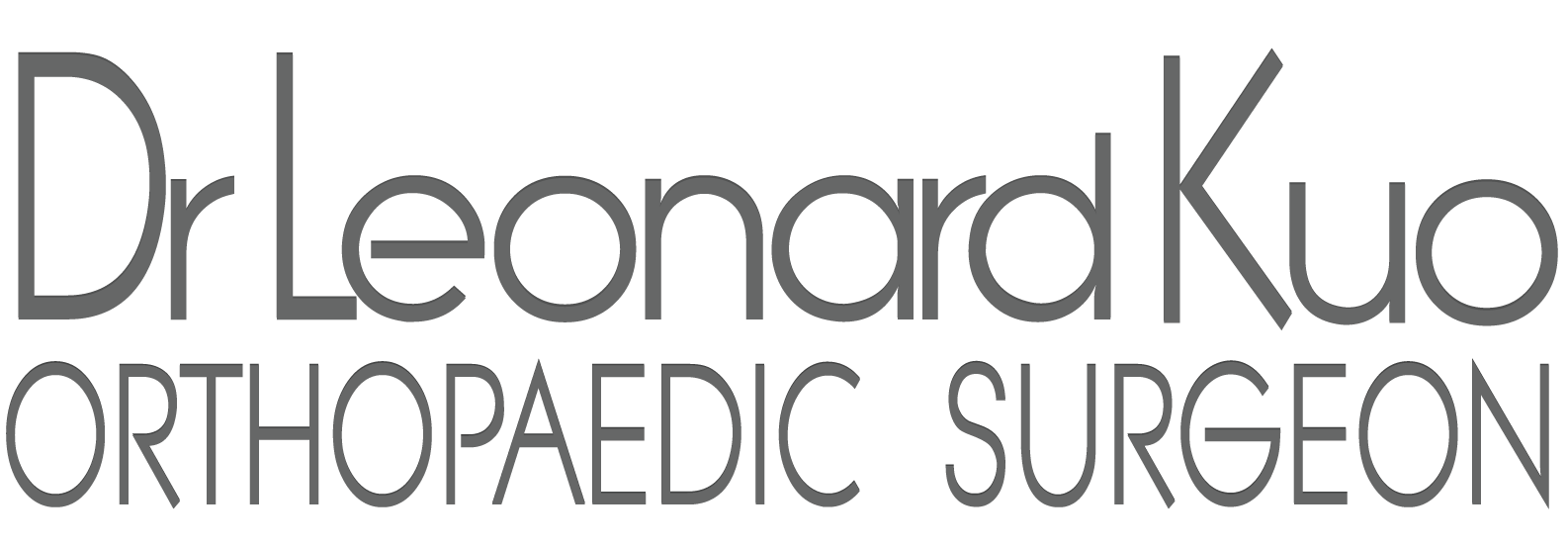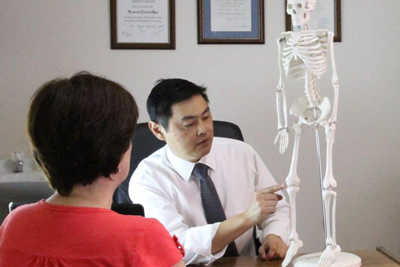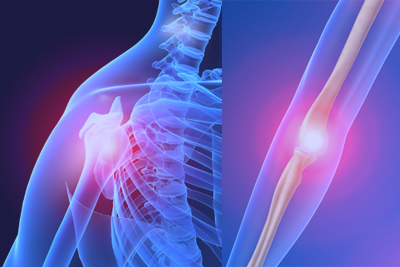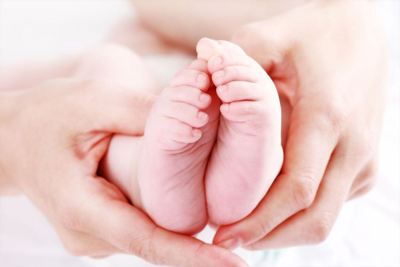Congenital dislocation of the knee comprises a spectrum of lesions including simple hyperextension, subluxation and complete dislocation. It may occur in isolation or be associated with arthrogryposis multiplex congenita and with Larsens syndrome. Operative reduction is necessary should closed reduction and serial plasters fail. An alternative method of reduction using skeletal traction is presented which may avoid the need for open surgery. This technique may be utilised early in the course of treatment and be considered as an adjunct in the conservative management of this condition.
PRESENTATION
Congenital dislocation of the knee joint is a rare disorder that was first described by Chatelaine in 1822. It comprises a spectrum of conditions including simple hyperextension (recurvatum), subluxation and complete dislocation. It may occur in isolation or be associated with arthrogryposis multiplex congenita, spina bifida and with Larsens syndrome. It may also occur in association with disorders of other joints such as congenital dislocation of the hip, talipes equinovarus and talipes calcaneus.
-40-80 times rarer than CDH - 1-2/100,000
-50% bilateral
-F > M 4:1
-unknown aetiology - so rare
:sporadic
:birth trauma
:oligohydramnios
:extended breech - subluxed hamstrings become knee extensors
:intrauterine ischaemia and quads fibrosis
:neuromuscular imbalance - myelomeningocoele
:ligamentous laxity
1)Recurvatum: hyperextension > 15 degrees. Able to fully flex knee and radiologically normal
2)Subluxation: hyperextension > 15 degrees. Some restriction of flexion or felt unstable
3)Dislocation: Unstable with bayonet apposition of bones
The fundamental pathological features in congenital dislocation of the knee involve a
1) shortening of the quadriceps femoris tendon with fibrosis,
2) tightness of the anterior capsule
3) hypoplasia of the suprapatellar pouch - more resistant deformity.
4) hypoplasia of the vastus lateralis and medialis
5) hamstrings and IT band may be dislocated anteriorly
6)ACL elongation and attenuation
7) femoral and tibial dysplasia- femoral condylar hypoplasia
There may be an associated valgus deformity of the knee especially those cases with arthrogryposis
Arthrography: useful in identifying the pathological features. Refractory cases showed defects of the suprapatellar pouch (best seen on lateral) and adhesions of the anterosuperior capsule (best seen on AP)
-if no suprapatellar pouch seen on arthrography, most required surgery
TreatmentTiming:
-As the pathology seen at open surgery appears to be largely related to soft tissue contractures and fibrosis, it would seem reasonable to direct initial treatment at stretching of the soft tissues to reduce the knee. Treatment should be started early, immediately after birth before adaptive bony changes develop. Akin to Mx principles in CDH -Concavities adopt the shape of convexities imposed upon them.
-Treat knee first, the CDH - hamstrings have to be relaxed with a flexed knee before hip can be reduced. Similarly gastrocnemii pull excessively on ankle producing equinus when knee is dislocated and knee should therefore be corrected first.
Conservative :
Manual stretching and axial traction to the leg on a 2nd daily basis with gradual reduction and flexion of the knee. The correction obtained is held using an aluminium splint strapped to the leg or with serial plasters. Increase in flexion is gradually increased. Usually takes 1-2 weeks to achieve reduction. Aim for at least 90 degrees flexion. Conservative treatment is more successful if congenital dislocation of the knee has occurred in isolation.
Traction:
It may be possible to avoid the need for open reduction in irreducible congenital dislocation of the knee by using skeletal traction as an adjunct to conservative treatment. The traction is akin to reducing a fracture of the distal forearm with bayonet apposition and shortening by distracting first and then realigning the bone ends. The reduction is effected in a slow and gradual way so as not to damage the underlying cartilage.
Operative:Congenital dislocation of the knee in association with Arthrogryposis and Larsens S is particularly resistant to non-operative treatment and often requires surgical intervention and medial ligament augmentation.
-Age at surgery 1 to 7 years-main abnormality is a shortening and fibrosis of the quads tendon which is adherent to the anterior femur. Also hypoplasia of the suprapatellar pouch.
-lengthen quads: Z-plasty or V-Y plasty/ anterior capsulotomy / separate tendon form underlying suprapatellar pouch
-subluxed hamstrings / collateral ligaments relocated
-collateral reconstruction for valgus deformity using posteroinferior pes advancement and posterior transposition of the tibial insertion of the medial collateral ligament.
-reduces but does not fully correct coronal deformity. It does allow better walking.
-able to achieve complete reduction. Aimed for minimum 60 degrees flexion. POP in 60-90 degrees for 4-6 weeks.
-Surgery: do before age 1 year - before walking age
Prognosis
1) residual knee instability and ligamentous incompetence
2) better function if open surgery not required
-extensor lag common after Sx
-therefore aim to avoid surgery
Conclusion
Operative reduction of congenital dislocation of the knee is necessary should closed reduction and serial plasters fail. An alternative method of reduction using skeletal traction may avoid the need for open surgery. This technique may be applied early in the course of treatment and be considered as an adjunct in the conservative management of this condition.





 Dr. Leonard kuo
Dr. Leonard kuo